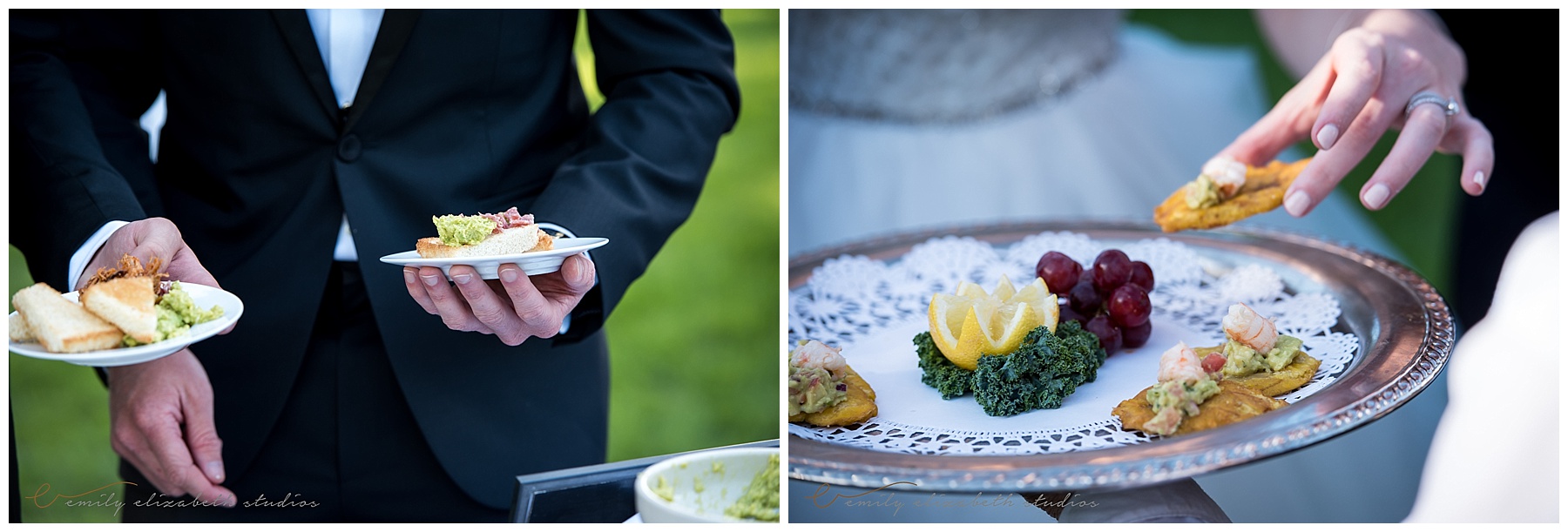SHARE
Business Matters:
Ever wonder what kind of questions to ask your caterer besides general food questions? We’ve got you covered today with some frequently asked questions!
Questions to ask:
What is the ratio of servers to guests?
How will the servers be dressed?
How is your pricing broken down (e.g. food, bar, cake-cutting, tax, gratuity)? NOTE: Usually tax and a service charge are tacked on to your final cost. The service charge, which can range 18–23%. And in many states, the service charge itself is taxable.
How much time do you require for setting up and breaking down my event, and are there extra fees for this?
If my event runs longer than contracted, what are your overtime fees?
What is the last date by which I can give you a final guaranteed guest count?
What is your payment policy? Do you accept credit cards?
How much of a deposit is required to hold my date? When is the final payment due?
Are there any fees that won’t be included in the proposal that we should be aware of?
Once we book with you, how quickly can we expect a contract? And if we make changes to menu choices or other items, will you update us with a revised estimate and contract?
What is your refund or cancellation policy?
Can you provide a list of recent references?

photographs by Layce Bauman Photography
Breakdown of Options:
Do you know where to start when it comes to choosing a caterer? Does your venue have any restrictions or recommendations?
A few steps to keep in mind while choosing a caterer – –
Step One: Know Your Caterers
An in-house caterer: If your venue has one, you can count on a reliable pricing structure that includes everything — staffing, rentals, booze, and cake. (Expect to pay about $125 per person.) Bonus: Since the caterer has worked on site before, there will be fewer surprises, and the day should run smoothly.
A preferred caterer: Many venues without a kitchen staff (museums, historic buildings) have a list of preferred caterers, and using an off-list pick may carry a penalty of around $500. Upscale locations tend to prefer pricier vendors, but you can often negotiate.
Step Two: Decide How You Want the Food Served
Sit-down meal: Pros — a plated meal brings structure to the reception and makes it easy to curate a menu. Con — you’ll need a server for every 10 guests, which can get costly.
Buffet: Pros — self-service cuts your waitstaff in half compared with a seated meal, and there’s less lag time on the dance floor. Cons — if some dishes are more popular than others, you’ll end up with wasted food. Also, people don’t love standing in line for dinner.
Cocktail party: Pros — small plates and stations lets you serve inventive dishes you love, and skipping the seating chart makes your reception all about the dancing. Cons — a party longer than two hours can cost more than a sit-down dinner since the serves — you’ll need one per 25 guests — will be working for the whole party. Plus, you’ll pay for every passed tray. (You’ll want 12 to 14 hors d’oeuvres per guest.)

photographs by: Emily Elizabeth Studios